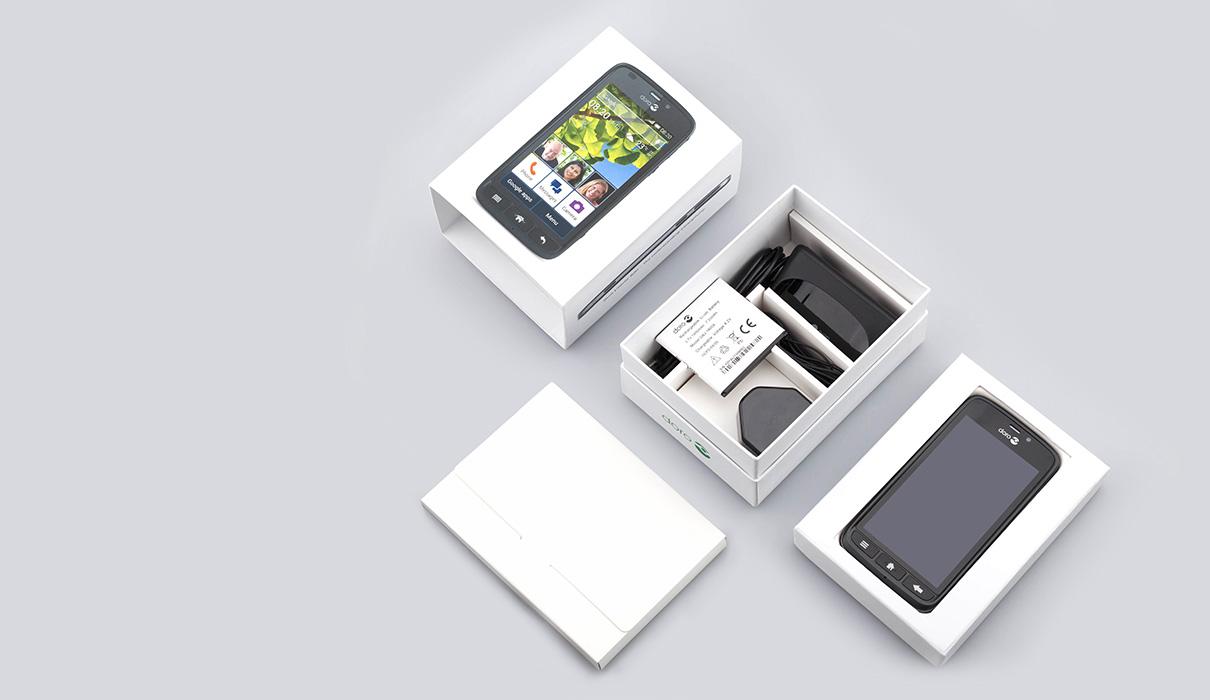Mobile phone packaging refers to the protective packaging solutions used to package mobile phones during manufacturing, transportation, warehousing, retailing and distribution to end-users. The various types of packaging solutions include boxes, trays, filler materials like foam and bubble wraps and securing materials like tapes. Mobile phones require robust yet lightweight and sustainable packaging to prevent any damage during the supply chain. The global mobile phone market has witnessed tremendous growth over the past decade led by innovation in technology and rising smartphone adoption across both developing and developed countries. Mobile phone packaging serves the crucial function of safeguarding expensive electronic devices and components during logistics.
The global mobile phone packaging market is estimated to be valued at US$ 5.72 Bn in 2023 and is expected to exhibit a CAGR of 12% over the forecast period 2023 to 2030, as highlighted in a new report published by Coherent Market Insights.
Market Dynamics:
The global mobile phone packaging market is witnessing high growth owing to increasing smartphone sales. The rapid proliferation of 4G networks and transition towards 5G connectivity has boosted consumer demand for newer smartphone models with advanced features every year. This has significantly increased the need for robust but lightweight packaging from manufacturers. Additionally, the focus on sustainability and recyclability is prompting packaging manufacturers to offer eco-friendly solutions made from recycled content. Manufacturers are continuously innovating packaging design and material to reduce plastic usage and fulfill environmental regulations.
SWOT Analysis
Strength: The mobile phone packaging market has seen significant growth in the past few years due to the rising demand for smartphones and mobile devices across the globe. Protecting expensive mobile devices during shipping requires durable and impact-resistant packaging materials. Players in this market offer packaging solutions made from high-quality plastics, corrugated cardboard, and other materials to provide optimal protection. They also use innovative packaging designs to minimize wasted space and ship more units in each transport. Some companies provide customized packaging services according to the requirements of different mobile device brands.
Weakness: Raw materials used in manufacturing mobile phone packaging like plastics, paper, and aluminum undergo price fluctuations regularly. This adds an element of unpredictability to the production costs of packaging manufacturers. Additionally, increasing environmental concerns related to non-biodegradable plastic waste require players in this industry to invest in developing eco-friendly packaging alternatives. Such solutions may involve higher costs in the initial stages.
Opportunity: Growing sales of affordable smartphones in developing Asian and African countries present considerable opportunities for packaging providers. As online shopping gains popularity worldwide, robust packaging designs that can sustain extensive delivery operations also see increasing demand. Companies integrating smart sensor technologies and augmented reality features into mobile packaging can enhance the unboxing experience of users. This helps brands differentiate their products and build excitement.
Threats: Strict environmental regulations imposing bans or limitations on single-use plastics threaten some existing packaging designs. Substitutes like paper-based or fiber materials can replace plastics under such circumstances. Additionally, macroeconomic downturns affecting discretionary consumer spending can moderately impact the sales of higher-priced smartphones, thereby affecting relevant packaging demand.
Key Takeaways
The global Mobile Phone Packaging Market Share is expected to witness high growth. Rapid urbanization, rising incomes, and improving living standards in developing regions are driving the sales of smartphones and other mobile devices.
Regional Analysis: Asia Pacific currently dominates the market owing to the presence of leading smartphone manufacturers and raw material suppliers in nations such as China, South Korea, Taiwan and India. China has emerged as the world's largest smartphone manufacturer as well as the major exporter of mobile phone components.
Key players operating in the mobile phone packaging market are Xilinx (part of Advanced Micro Devices Inc), Intel Corporation (formerly Altera), Lattice Semiconductor Corporation, Microchip Technology Inc., Achronix Semiconductor Corporation, QuickLogic Corporation, Efinix Inc, Microsemi Corporation (a subsidiary of Microchip Technology Inc.), S2C Inc., Flex Logix Technologies Inc, Gowin Semiconductor Corp., Synopsys Inc, Tabula (now part of Mellanox Technologies), Enpirion (a division of Altera, now Intel), Analog Devices Inc. These players provide a variety of packaging solutions to smartphone brands tailored to their specifications. They also continually invest in research to develop more eco-friendly, space-efficient, and customization.
For more insights, read- https://www.pressreleasebulletin.com/mobile-phone-packaging-market-trends-size-and-share-analysis/
